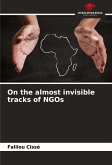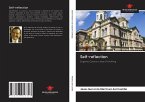Since independence Tunisia has followed several economic models from the closed economy to the semi-liberal economy.Each decade Tunisia has followed an economic model and each time a new model has been adopted while preserving the legacy of the old one.Today we are witnessing within the Tunisian economy the existence of a plurality of economic models.The communist model through the existence of the state budget fund, the model of the state economy through the monopoly companies with public participation, the model of the liberal economy through the market economy and the free trade agreements. These different economic models have led to difficulties in the functioning of the economy.As an illustration, the preservation of the state economy model through public enterprises has led to state financing needs and resource requirements to finance the state compensation fund.These financing needs led to fiscal pressures by the state on the entire Tunisian economy.








